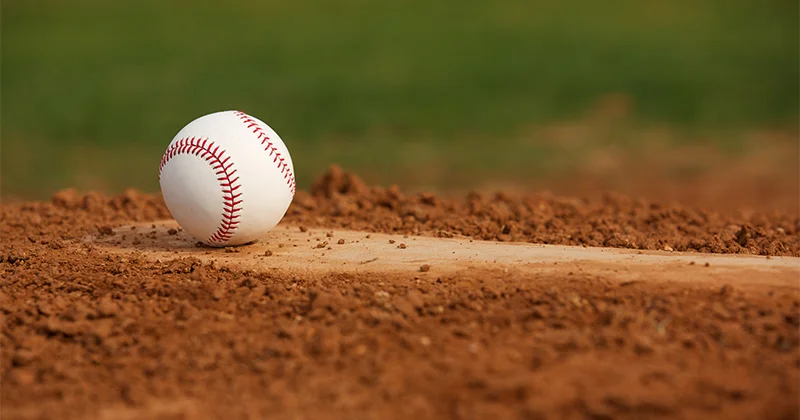
MLB stopped testing players for steroid use for the first time in nearly two decades as drug agreement expired. People spoke Monday on condition of anonymity because no public announcement was made. Major League Baseball and the Players Association declined to comment on the testing suspension.
Travis Tygart, executive director of the US Anti-Doping Agency, said Monday. “It should be a big concern for all those who value fair play”. “If it’s just a simple matter of accepting it,” Tygart said, “you would hope they would figure it out so that when the game resumes, there’s no question about players based on their size, speed, batting percentage, number of home runs, or whatever it is that people are going to question again.”
Different drug tests
The MLB and the union conducted 47,973 tests between 2017 and 2021, including 7,327 in the off-season, according to a November report by Thomas M. Martin, the program’s independent administrator.
Urine tests for doping substances and penalties for violations began in 2004, under a series of repeatedly enforced anti-doping agreements. Testing for banned amphetamines began in 2006, and blood tests for human growth hormone began in 2012, though they were suspended last year due to the coronavirus pandemic.
In December 2007, former Senate Majority Leader George Mitchell released a report commissioned by MLB implicating 85 players in substance use, including seven MVPs and 31 All-Stars. Many denied the accusations.
Suspensions for substance use
Barry Bonds and Roger Clemens were denied Hall of Fame inductions by baseball writers over suspicions of performance-enhancing steroid use. Manny Ramírez and Alex Rodríguez, who were serving suspensions for substance use, also carry the stigma of substance use and are unlikely to get the vote required to enter the hall.
There were only five positives among 8,436 tests during 2021: Miami pitcher Paul Campbell, Oakland outfielder Ramon Laureano, Seattle pitcher Hector Santiago, San Francisco pitcher Gregory Santos and Colorado third baseman Colton Welker.
The cessation of testing was disclosed to players in a “Work Stoppage Guide” created by the Major League Baseball Players Association and distributed to its members, a copy of which was obtained by the AP.
The guidance stated: “Based on NFL and NHL precedent, it is unlikely that MLB will be able to administer testing during a work stoppage,” the guidance said.
Without fear of detection, it’s hard to predict whether some players will attempt to use steroids, better known as PEDs, in the period between signing a new collective bargaining agreement, along the reinstatement of the drug testing program.
The MLB Work Stoppage
For the first time since the 1994-1995 seasons, Major League Baseball has entered a work stoppage. The Collective Bargaining Agreement (CBA) between the MLB and the MLB Players Association, which governed the sport since the 2017 season, expired without a new deal in place as of 11:59 pm am Eastern on Wednesday, December 1.
The MLB owners voted in favor of a lockout — ceasing all business until a new deal is reached.
MLB Commissioner Rob Manfred characterized this move as a “defensive lockout,” which likely means that the league feared a strike by the Players Association and decided to act quickly to prevent that from happening.
The primary difference between a lockout and a strike is the initiating party. While both inevitably result in work stoppages, a lockout is a shutdown of the workplace initiated by the employer.
Freezing all business means players are not allowed inside club facilities. It also means that no trades can occur, and teams cannot talk to free agents, let alone sign them.
The Players Association released its own statement, which reads: “the lockout is a dramatic measure… not required by law or for any other reason. It was the owner’s choice… specifically calculated to pressure Players into relinquishing rights and benefits, and abandoning good faith bargaining proposals that will benefit not just Players, but the game and industry as a whole.”
